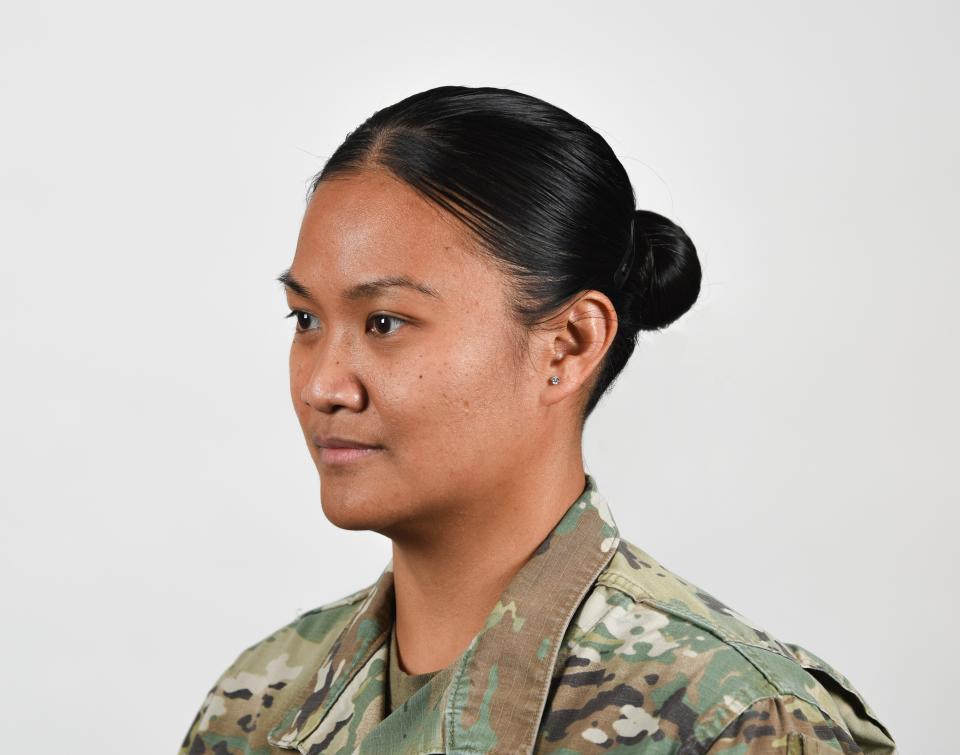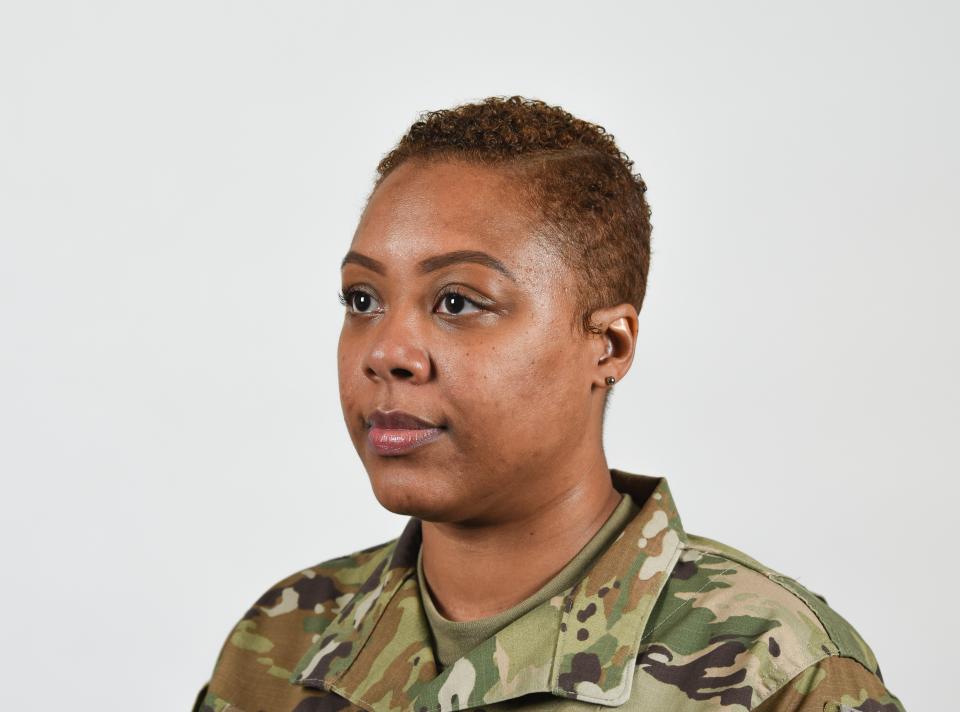The U.S. Army Is Updating Its Grooming Policy to Address Lack of Inclusion
On Tuesday, the U.S. Army announced it will modify its long-standing grooming policy. The move comes after growing pushback against its restrictions regarding protective hairstyles worn frequently by Black soldiers. The updates, which cover the new standards for hair, piercings, nails and makeup, follows a series of periodic reviews conducted by panel of civilian and medical professionals, along with feedback from current and former service members. The U.S. Air Force also recently announced changes to its own grooming policy.
The fashion and beauty industries, along with politics, have been on a mission to address hair discrimination after decades of outdated standards of professionalism. And now the military joins them. With the passing of the Crown Act by the U.S. House of Representatives last September, the country as a whole is just shy of making history by making any hair discrimination at work or school illegal across the 50 states.
“Equity, inclusion, and diversity are very important to the Army,” says Lieutenant General Gary Brito. “We have soldiers from all walks of life, from all 50 states, plus the territories, and we have to represent them.”
Over the past few years, grooming has become a major cause for concern throughout the ranks because of its direct relation to identity, presentation, and health. Once forced to remove protective hairstyles or to straighten their hair in order to meet the previous guidelines, Black soldiers in particular were made further marginalized and faced penalties if they could not adhere.
While there have been necessary updates made to the U.S. Army’s grooming policies in recent years (locs, for example, have been allowed since 2017), as of next month, styles considered in regulation will now be even more inclusive. Soldiers will be able to wear multiple hairstyles at once, such as locs in a braided halo. The updated policy also removes the rule that braids, twists, cornrows, and locs must have the same dimensions and approximate size of spacing between them to allow more flexibility.

Another modification added to specifically address the concerns of Black women who wish to wear their hair natural is that short ponytails will now be allowed. Before, women were forced to wear buns regardless of texture. Now those with natural hair that can’t fit their hair into a bun will be allowed to keep the ponytail as is. Long ponytails will also be allowed but they must be tucked into uniform.
Length of hair will also no longer be specified for women, and soldiers who prefer to go short or shave it all off will now be allowed to wear buzzed and tapered haircuts. As for hair dye, while bright colors like magenta and violet are still banned, people of all genders are allowed to have natural-looking highlights moving forward.
For beauty, nude lipstick and nail polishes will be allowed, while earrings—plain, round, and snugly fitted—will also be permitted with one exception: They can’t be worn during training or when out in the field. Other notable grooming updates include the option for women who are breastfeeding or pumping to wear an optional undershirt.
While the Army released its recommendations on January 26, the policy will go into effect starting February 25. “The recommendation will become available on our Army website where organizations can download and begin to review the changes, but the changes in the regulation will not become effective for 30 days,” says Army G-1 Sgt. Maj. Mark Clark. “The reason why we have a 30-day gap is to allow command to learn the new policy, understand it, and give their units time to get into compliance with any changes we’ve put out.”

When it comes to enforcing the new policy, the Army has updated its imagery “to make it easier for leaders to enforce the standards” and has started with removing offensive language from its directory. Dreadlocks, terminology the Army says is tied to American slavery, will now be referred to as locs, and terms including eccentric, faddish, and Mohawk, which takes its name from the Mohawk Nation, will also be removed.
For those who may feel the new changes are unnecessary, Sergeant Major of the Army Michael Grinston remains firm in his commitment to the changes, which he sees as fundamental to building an even stronger military foundation. “Our soldiers are smarter, stronger, faster than we’ve ever had, and I am extremely proud of them,” he says. “Our changes are to make us a better Army and more inclusive. We will continue to have the greatest Army the world has every seen.”
Michella Oré is a beauty assistant at Glamour. Follow her on Instagram @michellaor.
Originally Appeared on Glamour

